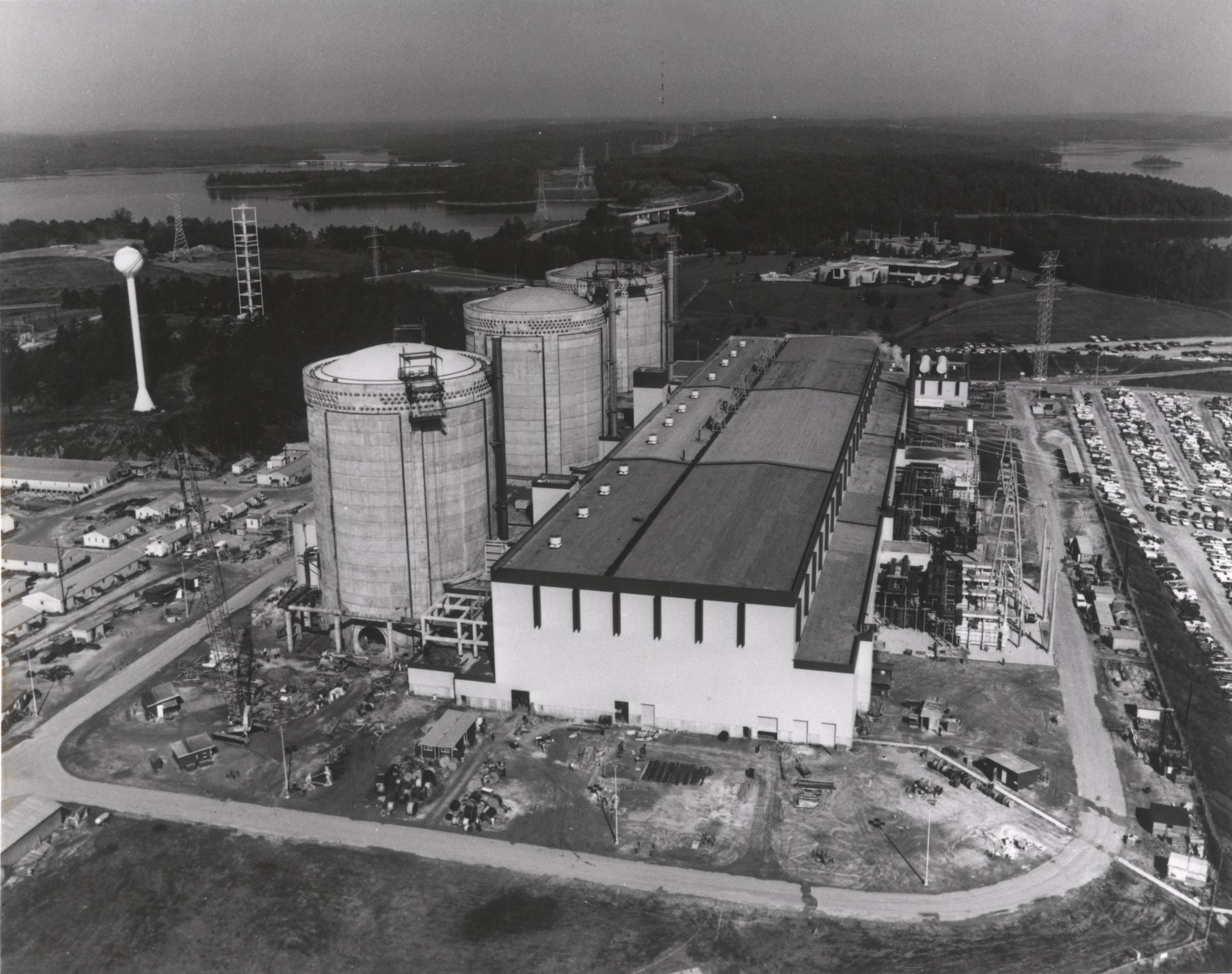One major concern about nuclear power plants is the danger of flooding. Nuclear power reactors require large amounts of water to cool them. This means that they need to be located near large bodies of water; rivers, lakes or oceans. This proximity to large bodies of water means that there is a possibility of flooding, especially during heavy rains, hurricanes or tsunamis. The Fukushima nuclear disaster in Japan in March of 2011 was caused by inadequate preparations for a tsunami that flooded emergency power generators.
Another danger is created by locating nuclear power reactors downstream from dams. In the U.S., twenty nuclear power plants are located downstream from dams that could pose a threat. Today I am going to go into detail about flooding dangers that were found at one of the U.S. nuclear power plants.
The Oconee Nuclear Station is a nuclear power plant that is located on Lake Keowee near Seneca, South Carolina. It's three reactors went operational in 1973 and 1974. Together they generate over 2,500 megawatts. The plant is owned by Duke Energy and operated by Duke Power.
In August of 2005, inspectors from the Nuclear Regulatory Commission discovered a problem with flood control measures. A six by ten inch panel had been removed in the five foot high flood barrier around the Standby Shutdown Facility to allow access to cables during maintenance and the panel had not been replaced.
Duke Energy claimed that there was no problem because the hole where the panel had been was near the top of the flood barrier and there was no danger of water reaching that level. The NRC ruled against Duke and issue a white warning. Duke appeal the ruling and the appeal was denied. They appealed again and were denied again. During the review for the second appeal, the NRC noted that that Duke had severely underestimated the possibility of the failure of a dam that was twenty miles upstream from the plant.
The review for the second appeal also discovered something far more disturbing than the hole in the five foot flood barrier. A study that was done in the 1990s had concluded that a failure of the dam above the plant could send a sixteen foot wall of water downstream, flooding the plant and causing a meltdown of all three reactors.
Duke's response to the NRC during the this review process was that they could not be inadequately protected from a dam failure because the NRC did not have the authority to require them to protect the plant from flooding caused by a dam failure. The NRC did not agree.
Ultimately, Duke and the NRC hammered out an agreement in 2010 that fifteen steps would be taken to reduce the possibility of a dam failure and to improve flood prevention at the plant. A diversion wall was to be built that would redirect flood waters and an embankment would be created to protect part of the plant.
This one example of flood dangers at a nuclear power plant highlights multiple issues including poor management of existing flood prevention measures, ignorance of flood danger detailed by a study of a possible dam failure, and attempts to use legal maneuvering to avoid making important and necessary changes to the flood protection measures at the plant. Fortunately, the NRC was not impressed by the misbehavior of Duke Energy and properly fulfilled the NRC regulatory mandate. This is another illustration of why it is dangerous to have corporations running nuclear power plants where profits are more important than safety.
Oconee Nuclear Station:
